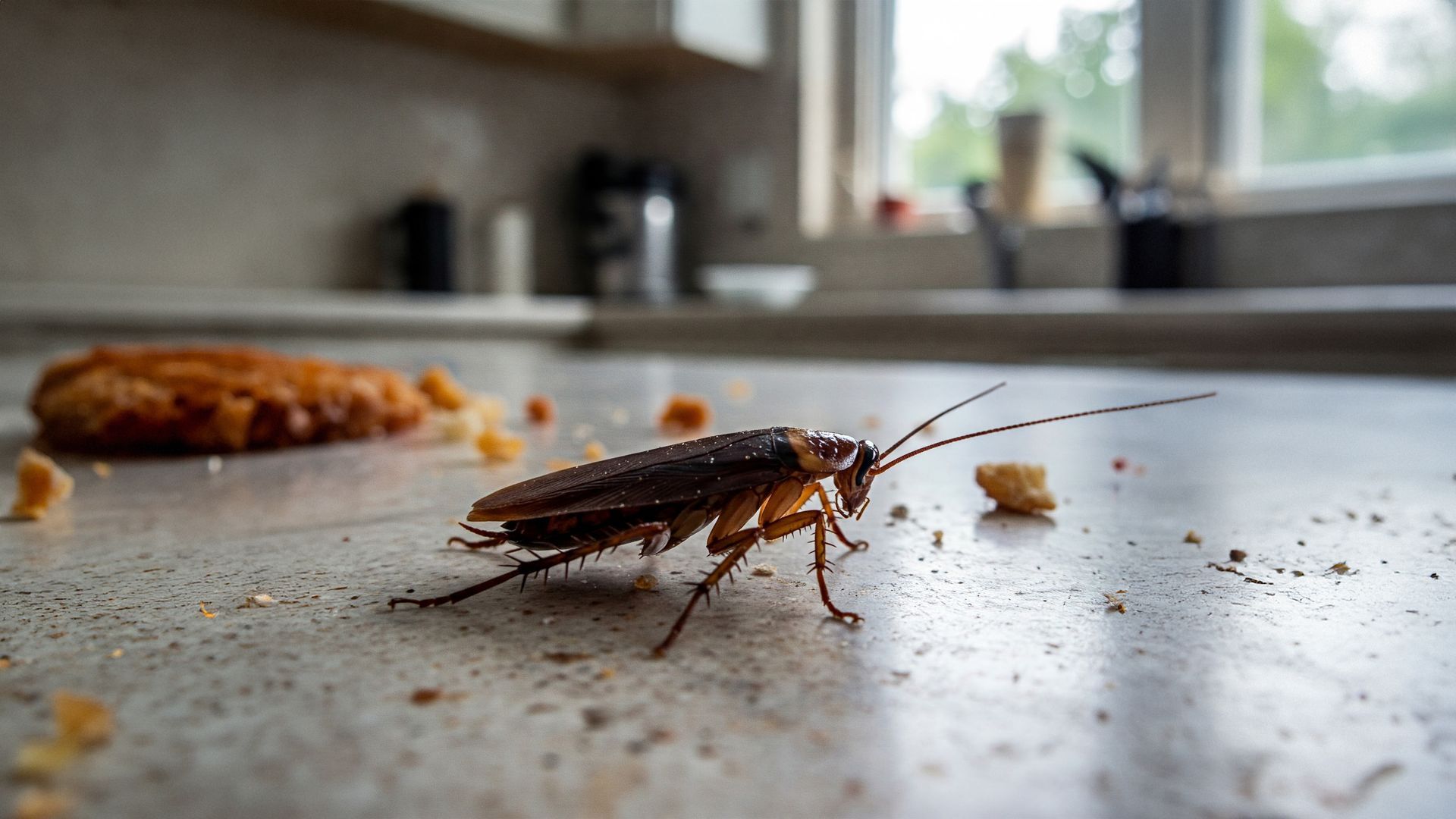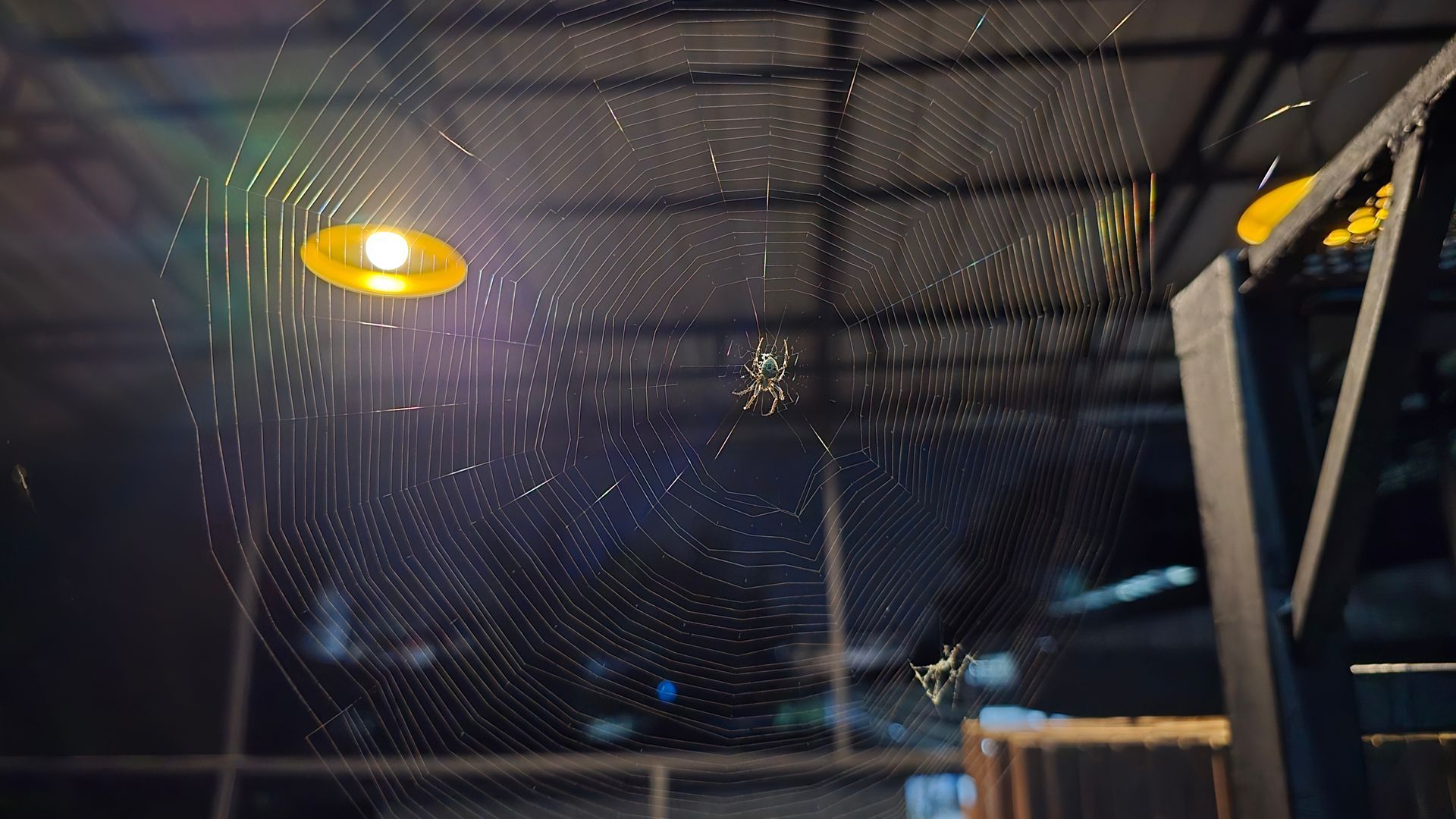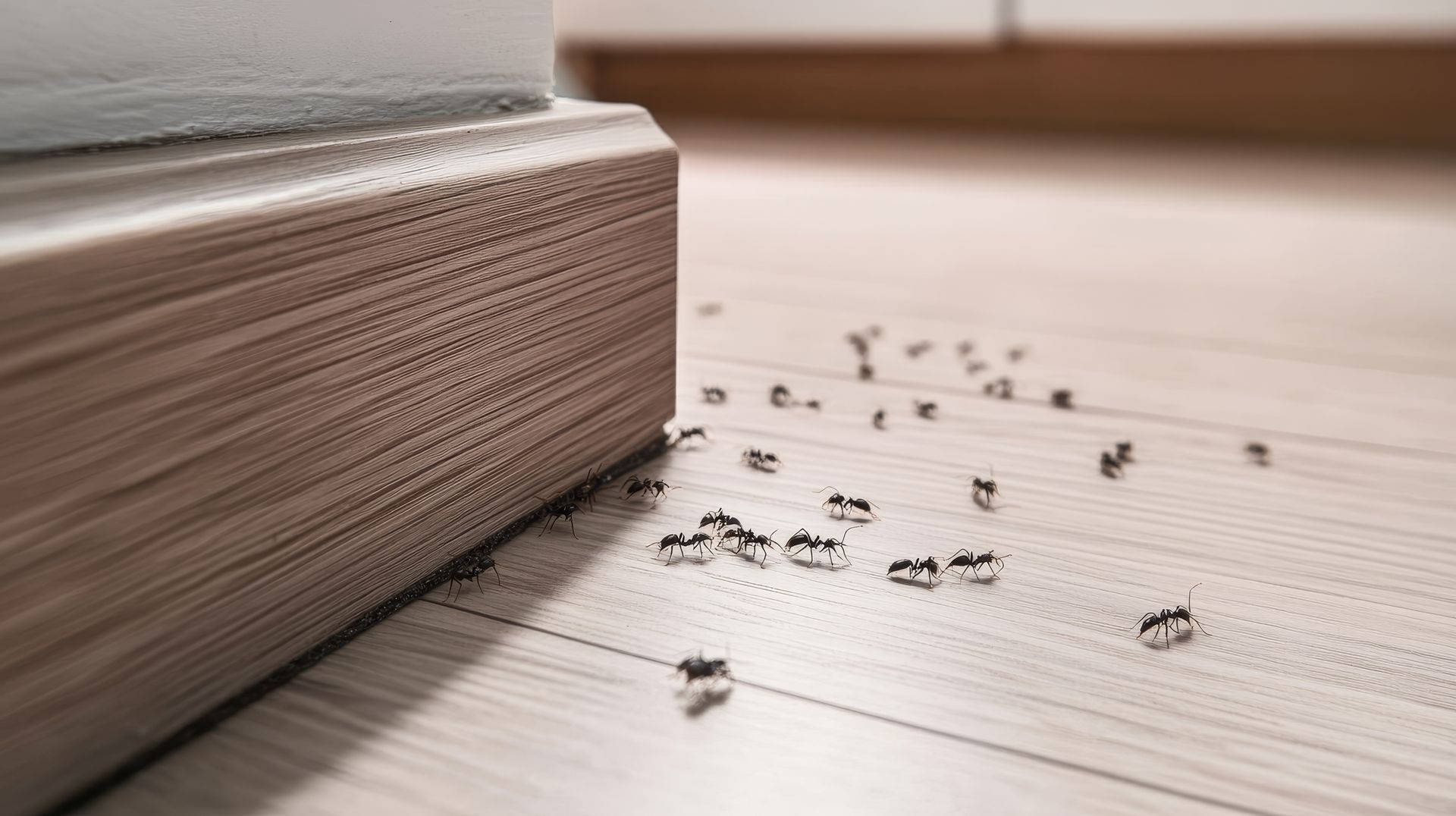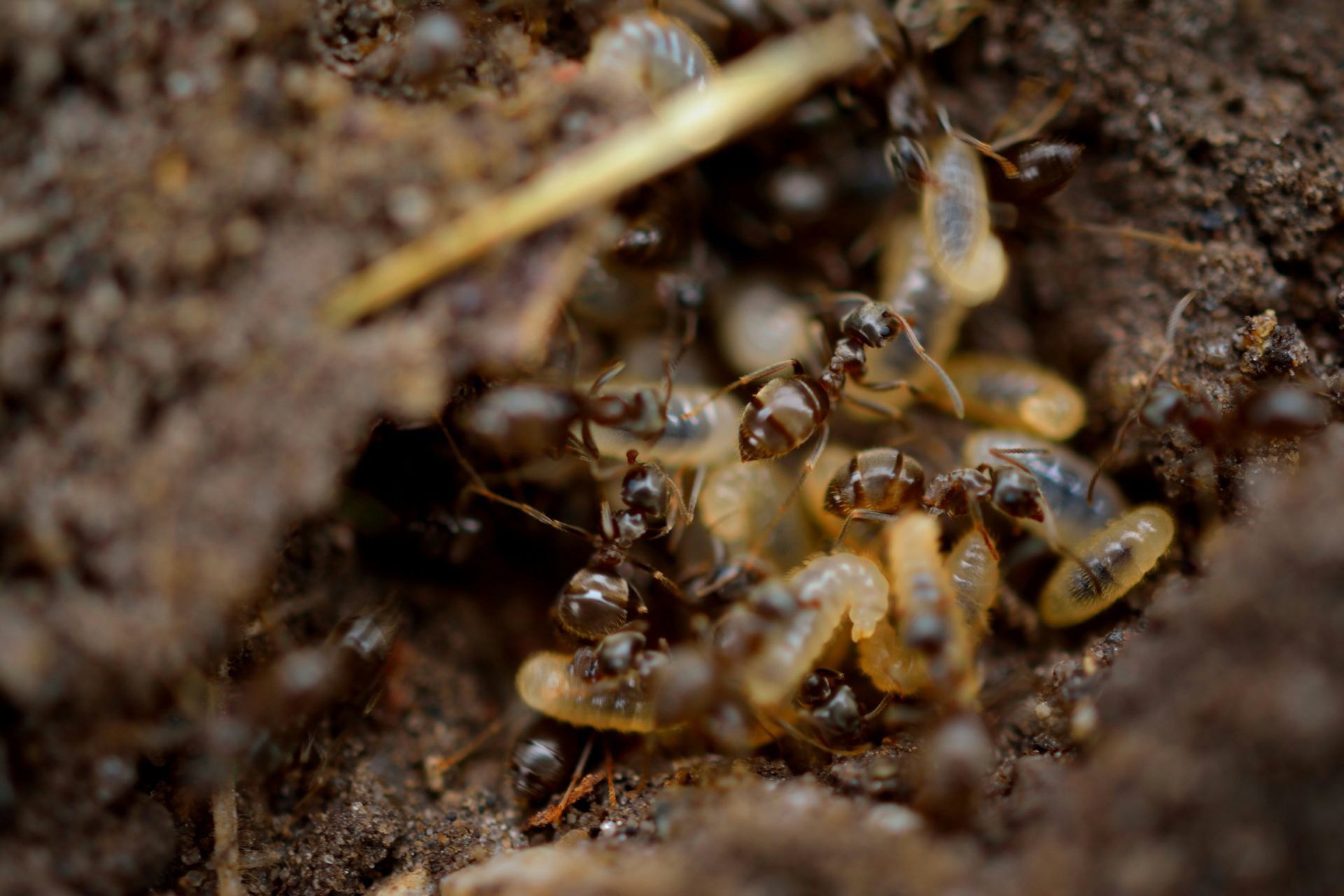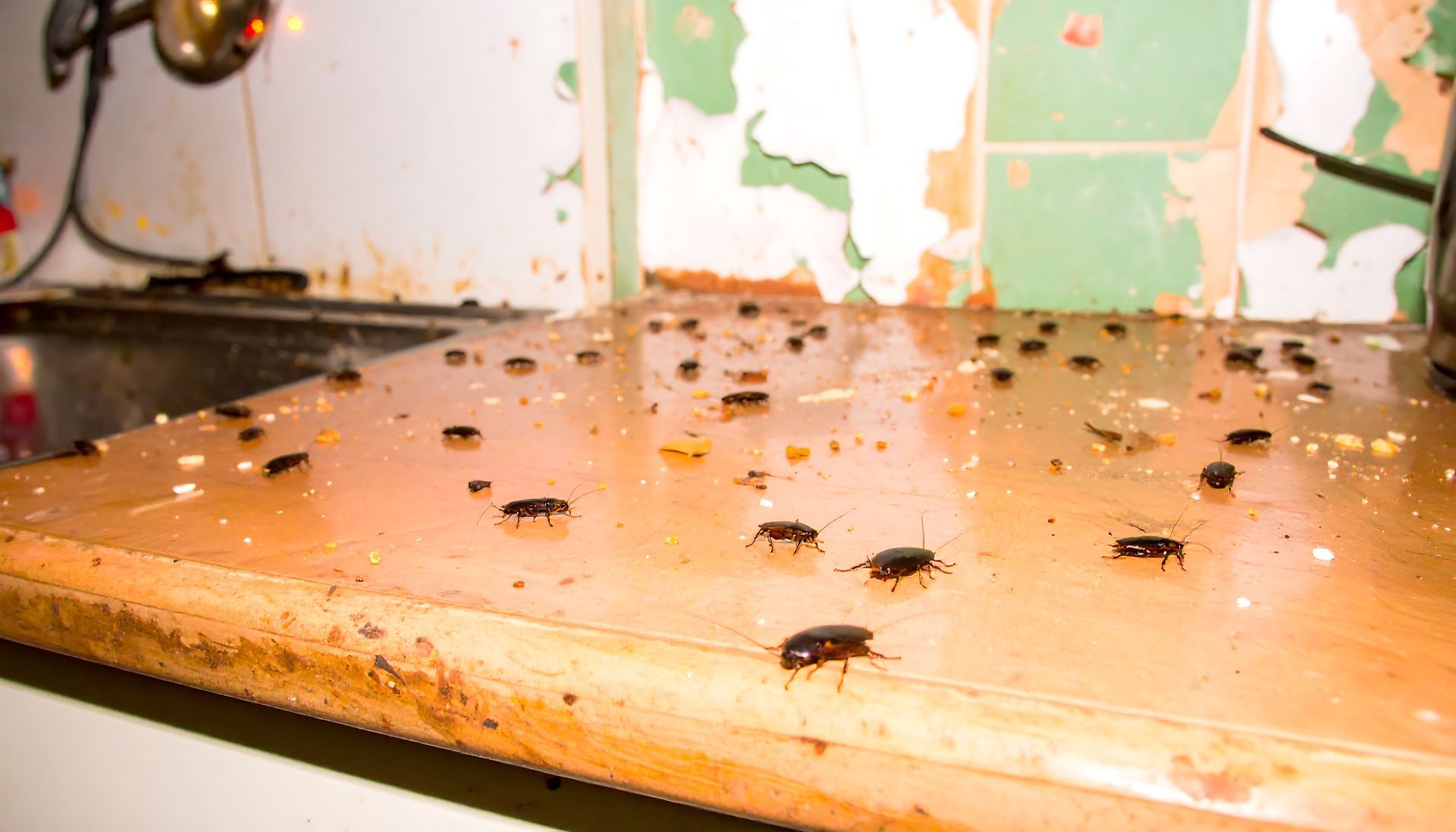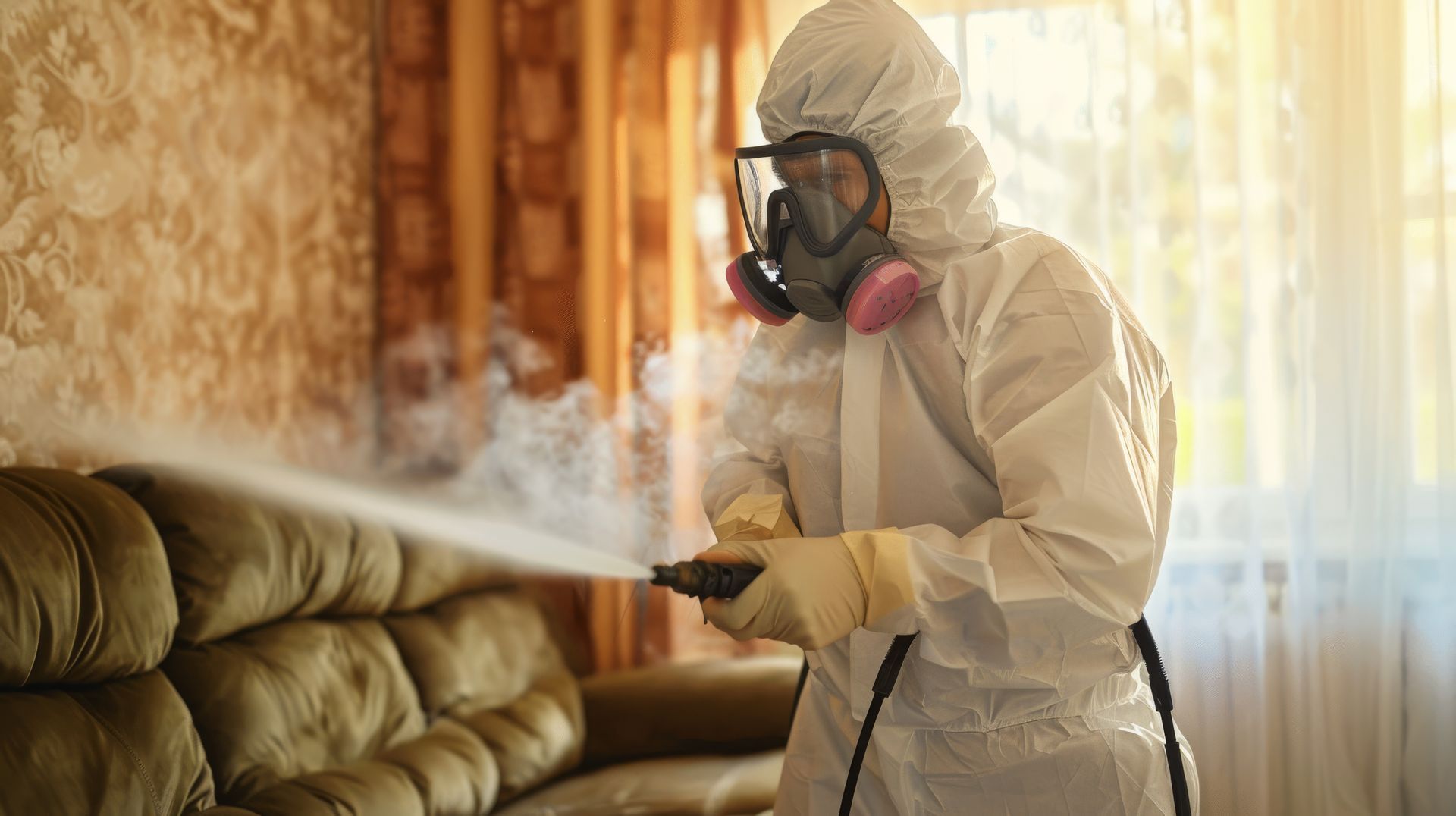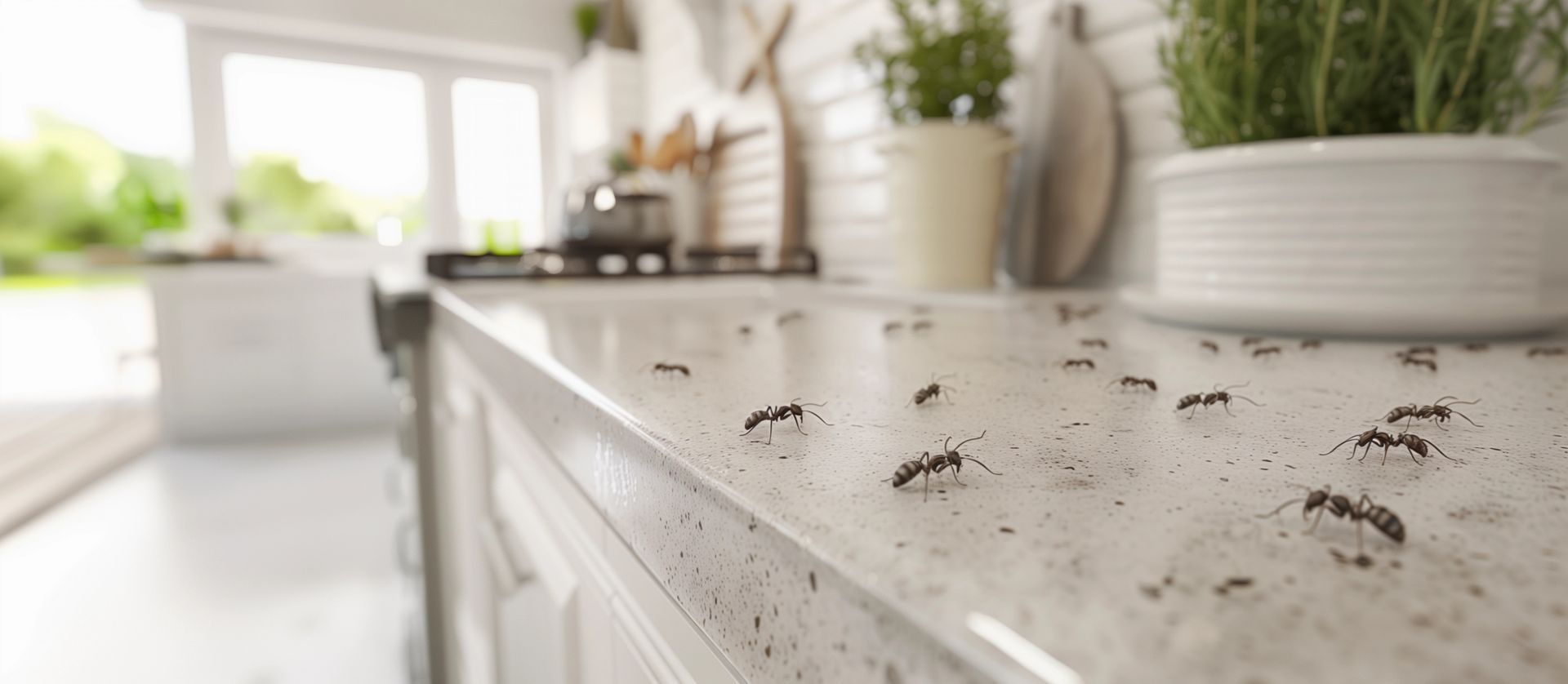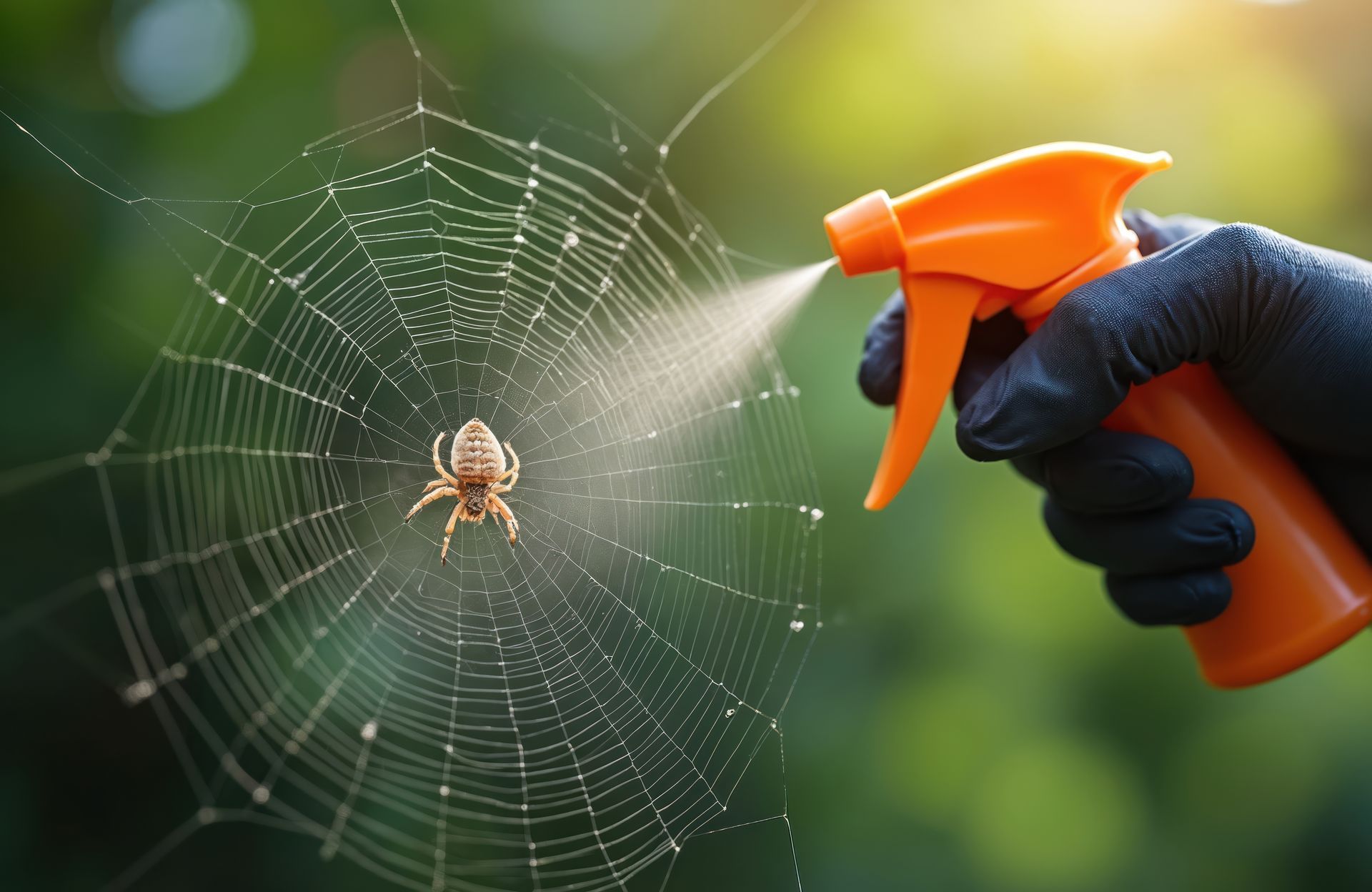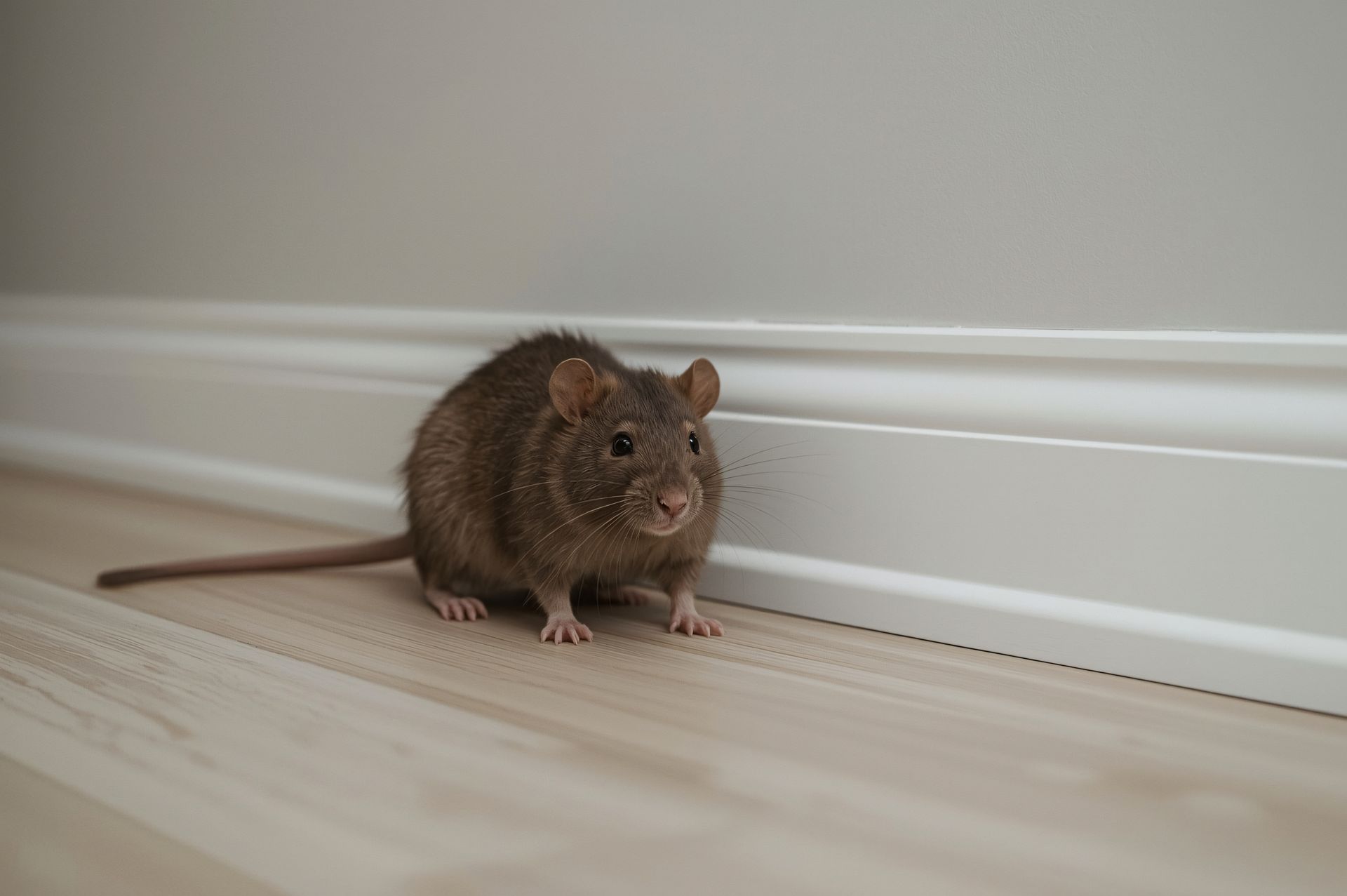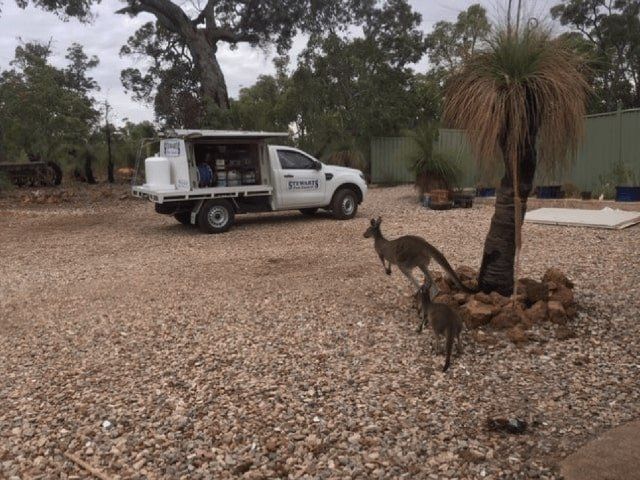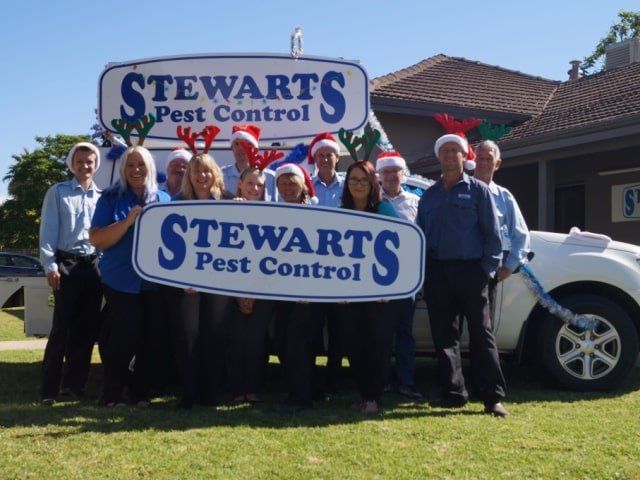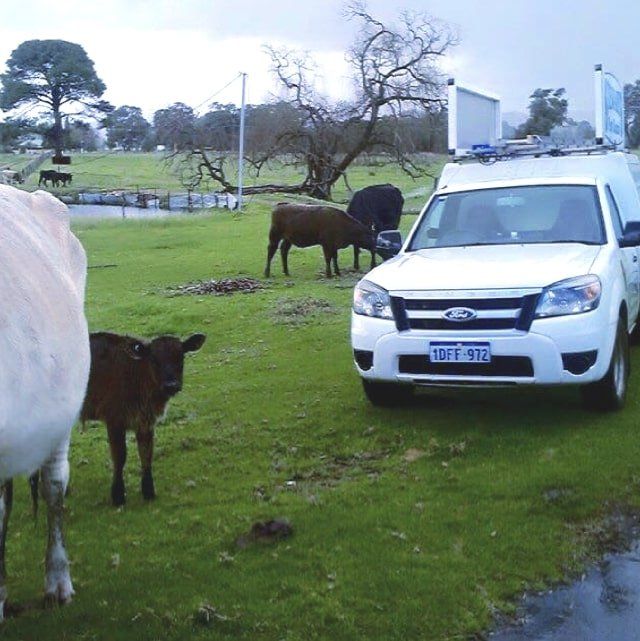How to Identify and Respond to a Bed Bug Infestation
Few things are more unsettling than discovering bed bugs in your home. These tiny invaders can cause sleepless nights, itchy bites, and persistent anxiety. The earlier you spot an infestation, the easier it is to contain—and with the right approach, you can reclaim your peace of mind. Here’s everything you need to know about how to identify and respond to a bed bug problem before it becomes a full-blown nightmare.
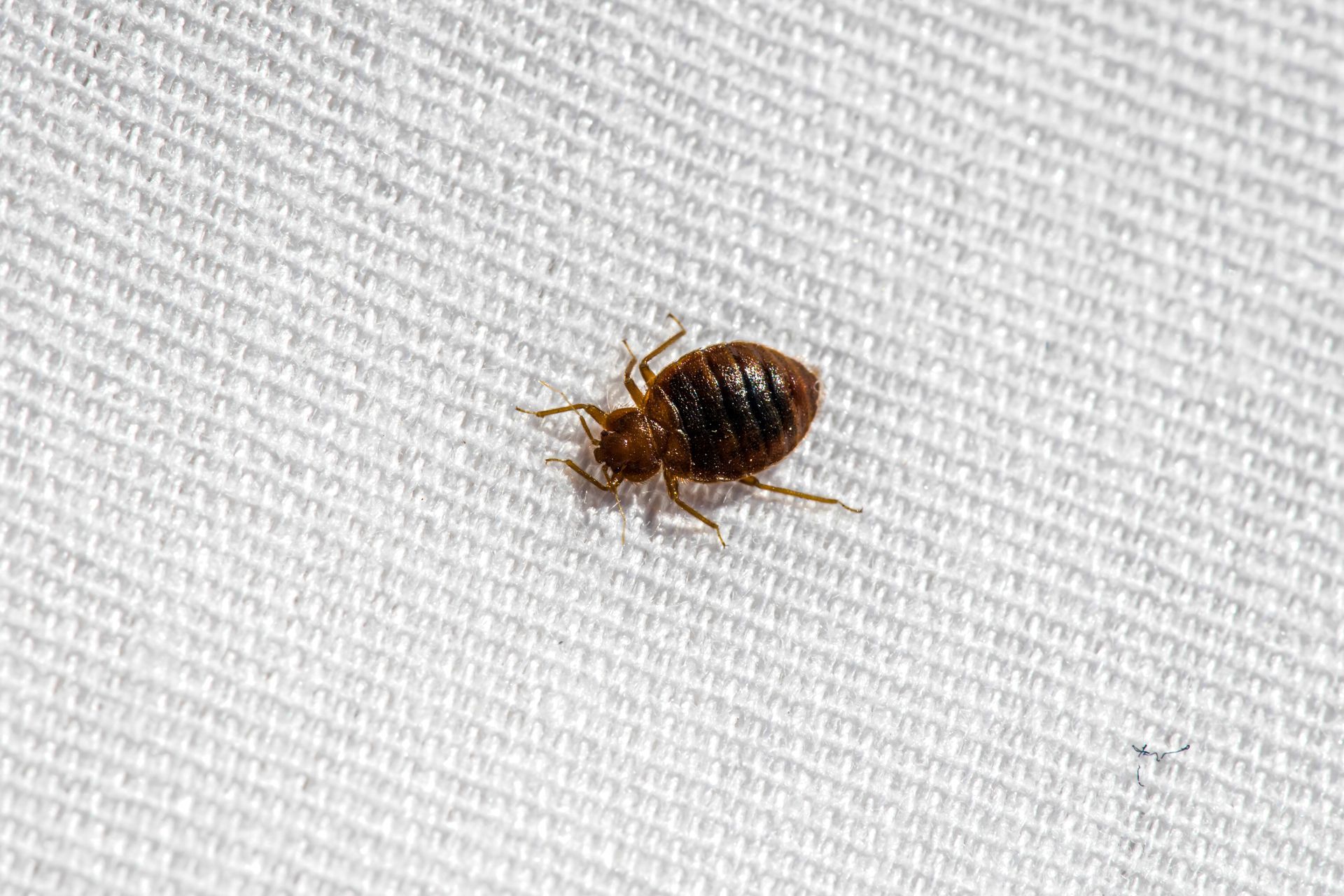
What Are Bed Bugs and Why Are They a Problem?
Bed bugs are small, flat, reddish-brown insects that feed on the blood of humans and animals. Although they don’t transmit diseases, their bites can lead to skin irritation, allergic reactions, and psychological distress. Because they’re experts at hiding and reproducing quickly, a small infestation can spiral out of control in a matter of weeks.
How to Identify Bed Bugs
The first step in tackling an infestation is recognising the signs. Bed bugs are notoriously sneaky, but here are the most common indicators to watch for:
1. Bite Marks
Bed bug bites often appear in a line or cluster, usually on exposed skin such as arms, neck, or legs. They’re itchy, red, and slightly swollen. However, not everyone reacts to bites the same way—some people may not notice them at all.
2. Blood Stains and Rust-Coloured Spots
Tiny blood stains or dark, rust-coloured spots on your sheets, mattress seams, or pillowcases could indicate bed bug activity. These stains are usually from crushed bugs or their droppings.
3. Shells and Skins
As bed bugs grow, they shed their outer exoskeleton. Look for these tiny, translucent skins in mattress crevices, behind headboards, or along baseboards.
4. A Musty Odour
A strong, musty smell—similar to a wet towel or mouldy clothes—can signal a large infestation. This scent comes from the pheromones bed bugs release when disturbed.
5. Live Bugs
Adult bed bugs are about the size of an apple seed and may be visible along seams of mattresses, behind picture frames, in electrical outlets, or within cracks and crevices. If you spot one, there’s a high chance others are nearby.
What to Do If You Suspect a Bed Bug Infestation
Once you've identified signs of an infestation, quick action is key. Here's how to respond:
1. Don’t Panic or Toss Your Furniture
Many people’s first instinct is to throw out their mattress or furniture. While understandable, this can actually spread the infestation. Bed bugs can hide in walls, electrical outlets, and even shoes or clothing. Furniture may still be salvageable with the right treatment.
2. Isolate the Area
Try to contain the infestation by keeping the affected room sealed off. Avoid moving items from the room, as this could spread the bugs. If you must move anything, seal it in plastic bags.
3. Launder Everything
Wash all bedding, clothing, and soft furnishings from the infested area in hot water (at least 60°C), and dry them on the highest heat setting. Heat is one of the most effective ways to kill bed bugs and their eggs.
4. Vacuum Thoroughly
Vacuum your mattress, bed frame, skirting boards, carpet edges, and furniture crevices. Dispose of the vacuum bag in a sealed plastic bag and place it in an outdoor bin immediately.
When to Call a Professional
DIY methods may reduce the number of visible bugs, but complete elimination is rarely possible without professional help. Bed bugs are resilient and can hide in places you wouldn’t think to look. That’s where experienced professionals like Stewarts Pest Control come in.
Our expert technicians use proven strategies tailored to your specific situation. Whether you’re dealing with a light infestation or a more severe case, we’ll develop a customised bed bug treatment plan to safely and effectively eliminate the pests from your home.
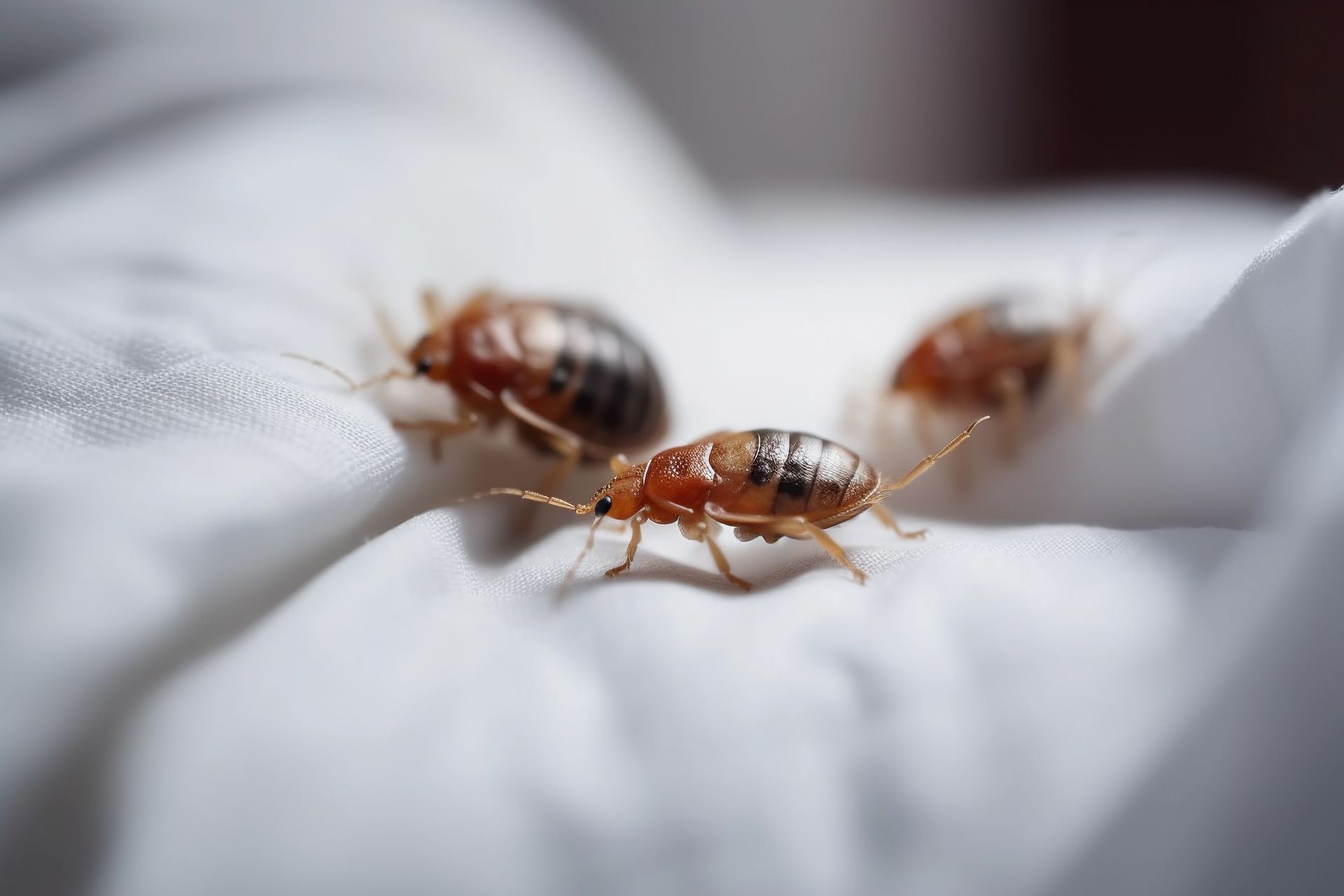
What to Expect from a Professional Bed Bug Treatment
When you book a bed bug exterminator, the process typically involves:
- Inspection: A thorough examination of your home to determine the extent and location of the infestation.
- Treatment: Chemical treatments are designed to kill bed bugs at all life stages.
- Follow-up: In many cases, multiple treatments are needed to ensure complete eradication. Your pest control expert will schedule return visits to monitor progress.
Professionals may also offer advice on how to prevent reinfestation, such as installing mattress encasements, sealing cracks, and decluttering your living space
Prevention Tips to Keep Bed Bugs at Bay
After successful bed bug control, you’ll want to ensure they don’t return. Here are a few simple habits to help protect your home:
- Inspect second-hand furniture before bringing it inside
- Use protective mattress covers designed to keep bed bugs out
- Be cautious when travelling. Inspect hotel beds and luggage racks, and wash your clothes immediately when you return home.
- Regularly vacuum and declutter to remove potential hiding spots.
Trust the Experts at Stewarts Pest Control
Bed bug infestations are stressful, but you don’t have to face them alone. At Stewarts Pest Control, we bring decades of experience in bed bug pest control, offering fast, discreet, and effective services across Perth and surrounding areas. Don’t let the bugs bite—visit www.stewartspestcontrol.com.au to book an inspection or learn more about how we can help.
Sleep Tight, Perth!
Early detection and swift action are your best defences against bed bugs. With the help of a qualified pest control team, you can rid your home of these unwanted guests and rest easy once again.
